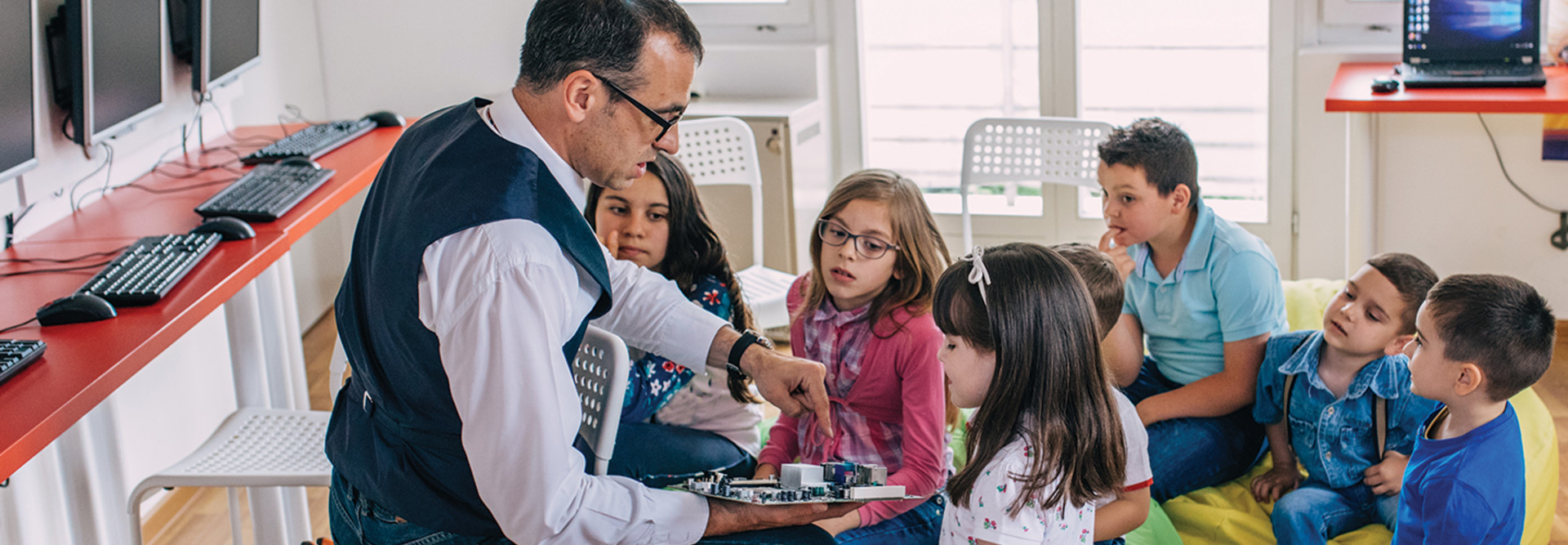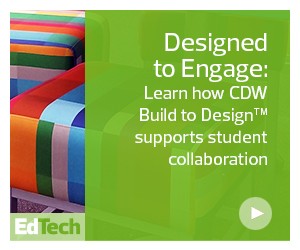How Buy-In Affects MLE Success
To make technology enhancements and modern learning environments successful, schools need to get more teachers and students on board with the change. There are several keys to this.
Start the redesign conversation: First, consider why your school is looking to redesign a learning space, Brown said. Determine how the student learning experience is defined and what pedagogical challenges currently exist. Then, determine how a new learning space impacts and supports answers to both of those questions.
Understand space vocabulary: It’s helpful when all team members are on the same page when it comes to modern learning environment terminology. For example, “modern learning environments” support soft-skill development and digital integration. “Adaptive” space changes expectations for student learning. “Flexible” space can be reconfigured, and “agile” space can be reconfigured quickly and easily.
Include student voice and choice: At the end of the day, a redesign is only successful when the target audience embraces it. Before a project kickoff, it’s helpful to ask students:
- How they like to work, and why
- Where they like to work, and why
- What they like about their current space
- What they would change about their current space
Pilot, pilot, pilot: One of the best ways to approach a learning space overhaul, if you can do it, is to pilot it first. “A great way to pilot is in some sort of common space or lab,” Brown said.
Students need to collaborate, and a redesigned common space is something students could easily jump into and use, Brown said. “Get the kids out of the hallways up against lockers and into breakout rooms.”
Professional development is also key to establishing a successful transition to modern learning environments.
“Space design is not a trend,” Brown said, so educators should dive into learning-space research, and school administrators should provide ongoing support in that endeavor.
“PD is really important even when you are simply changing classroom design.”











